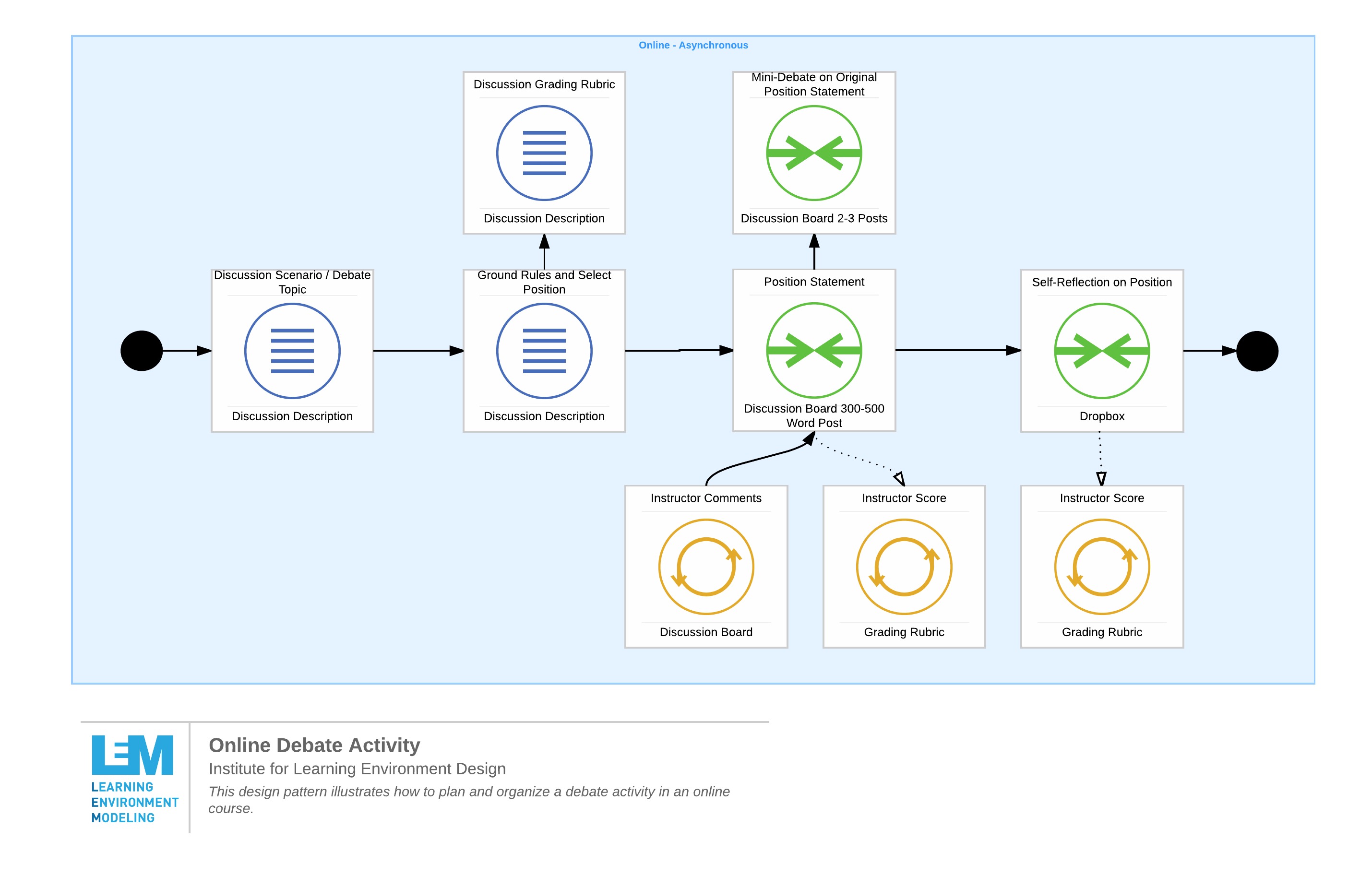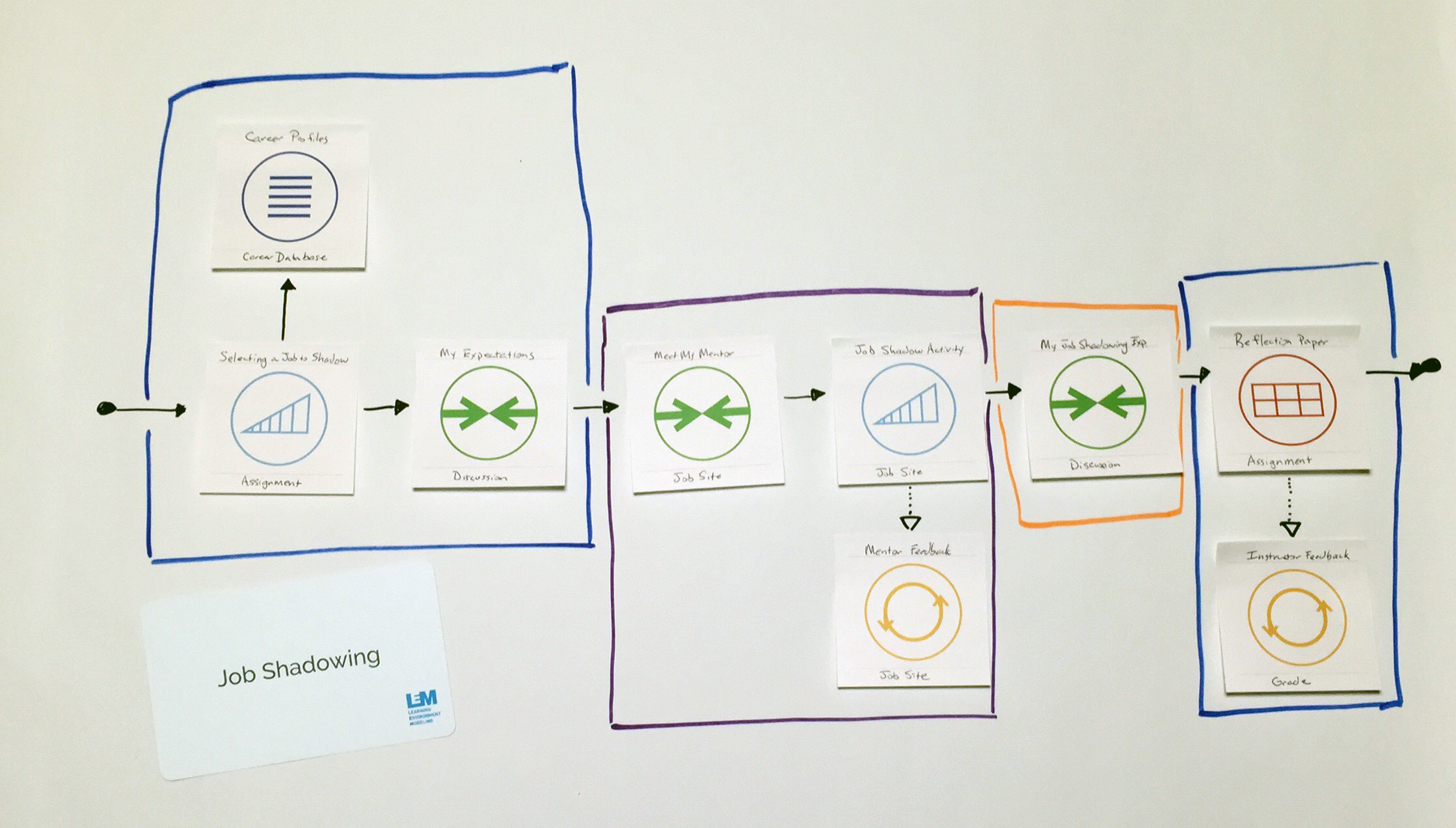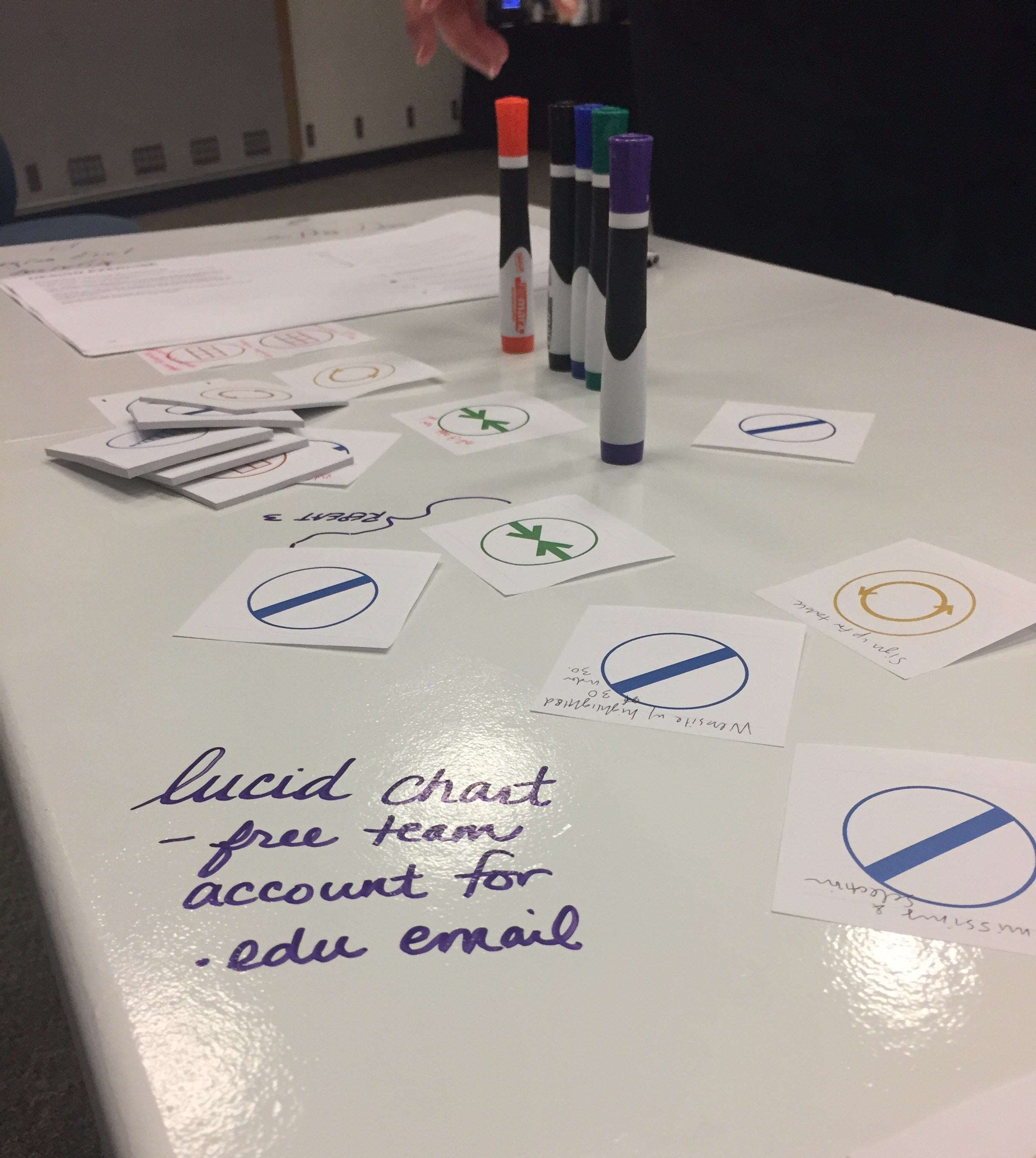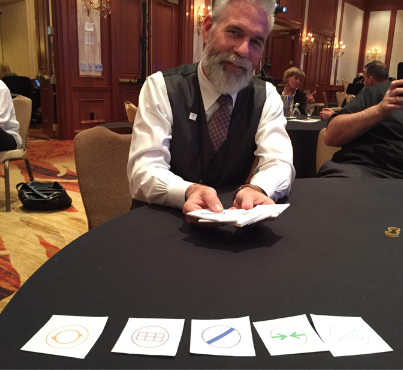Learning Design for Innovation
Published by: WCET | 9/28/2017
Tags: Course Design, Faculty, Instructional Design, Student Success
Published by: WCET | 9/28/2017
Tags: Course Design, Faculty, Instructional Design, Student Success
Hello and welcome to today’s WCET Frontiers blog post, with guest author John Gillmore, Research Fellow with the Institute for Learning Environment Design at the University of Central Oklahoma. John is here to discuss a new system of course, program, and curriculum innovation: the Learning Environment Design for Innovation (LEDi) model. This is an exciting example of innovation in higher education directly benefiting the learning success of our students.
Thank you John for explaining this new model for us!
Enjoy the day and enjoy the read,
~Lindsey Downs, WCET
The landscape in higher education is changing. Colleges and universities are having to reexamine traditional practices and consider new ways of doing things. This takes something called “innovation.” Innovation is somewhat of a buzzword these days, but the only way to adapt to this new ecosystem is to come up with new ideas or methods. So how do you support innovation in academia, a sector that is known to be quite rigid in structure?
Higher education institutions are approaching the problem in different ways. Some are outsourcing their change management to publishers, technology companies, or consultants. This is an expensive and risky proposition with mixed results. Others attempt to tackle the problem on their own, but they often find that planning and leading change initiatives prove to be too time consuming and challenging. Politics and good-old-fashioned resistance to change are typically the victors of these efforts.
In response to these challenges, The University of Central Oklahoma has developed something called the Learning Environment Design for Innovation (LEDi) model.  LEDi, a concept based in Design Thinking, provides leaders, learning designers, and facilitators with a simple and straight forward process for implementing course, program, and curriculum innovations. The system provides value by promoting relevant and effective learning that is planned and implemented efficiently.
LEDi, a concept based in Design Thinking, provides leaders, learning designers, and facilitators with a simple and straight forward process for implementing course, program, and curriculum innovations. The system provides value by promoting relevant and effective learning that is planned and implemented efficiently.
The system was borne from the need to effectively plan and communicate learning designs. Like many academics that have attempted this before, we found the lack of a universal medium frustrating. Fortunately, an important communication breakthrough facilitated both of these things and paved the way for the LEDi system: a revolutionary visual design method called Learning Environment Modeling™.
Learning Environment Modeling™ is an easy-to-use tool for designing all levels of learning – from courses to programs to institutional curriculum. It also enables users to communicate these designs easily and effectively. LEM is elegant in its simplicity and new users are able to learn LEM very quickly.
 The system is being used successfully at UCO for all types of curriculum design. Individual UCO departments are using the system to collaborate, redesign, and align programs with impressive efficiency and effectiveness. As an added benefit, those charged with leading assessment procedures appreciate the level of precision in the learning blueprints – this makes it easy to show how curriculum links to learning outcomes.
The system is being used successfully at UCO for all types of curriculum design. Individual UCO departments are using the system to collaborate, redesign, and align programs with impressive efficiency and effectiveness. As an added benefit, those charged with leading assessment procedures appreciate the level of precision in the learning blueprints – this makes it easy to show how curriculum links to learning outcomes.
In addition, UCO instructional designers use LEDi and Learning Environment Modeling™ to develop and design every new and renewed online course. This system allows instructional designers to focus on learning design instead of being simply “course builders.” LEDi and Learning Environment Modeling™ promote effective learning design and collaboration. When using this system, faculty and designers come away with a better understanding of the environment and a higher level of confidence.
 Our efforts with LEDi and Learning Environment Modeling™ were so successful, we began sharing it with other institutions, first with other Oklahoma colleges and universities, and more recently with those in other states. To accommodate these efforts, UCO launched the Institute for Learning Environment Design, or ILED. ILED provides training and consulting using LEDi and Learning Environment Modeling™. In addition, ILED offers the Certified Learning Environment Architect™ program: a professional credential-of-choice designed for leaders who are responsible for facilitating academic innovation. See our university website for more information, or to order the Learning Designer’s Guide to LEM book at http://iled.uco.edu.
Our efforts with LEDi and Learning Environment Modeling™ were so successful, we began sharing it with other institutions, first with other Oklahoma colleges and universities, and more recently with those in other states. To accommodate these efforts, UCO launched the Institute for Learning Environment Design, or ILED. ILED provides training and consulting using LEDi and Learning Environment Modeling™. In addition, ILED offers the Certified Learning Environment Architect™ program: a professional credential-of-choice designed for leaders who are responsible for facilitating academic innovation. See our university website for more information, or to order the Learning Designer’s Guide to LEM book at http://iled.uco.edu.

John Gillmore
Research Fellow
Institute for Learning Environment Design
University of Central Oklahoma
